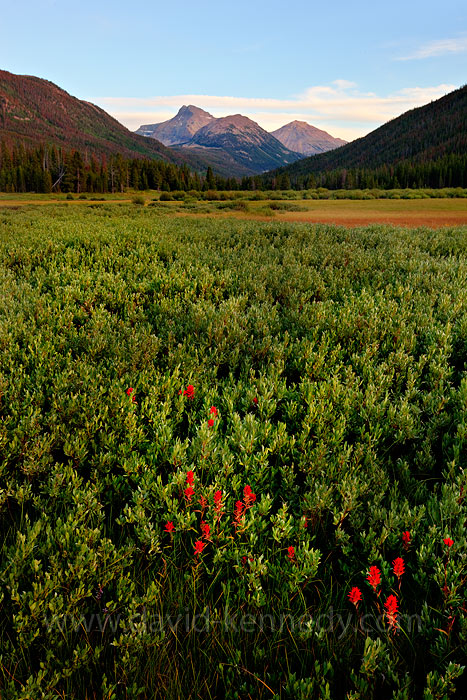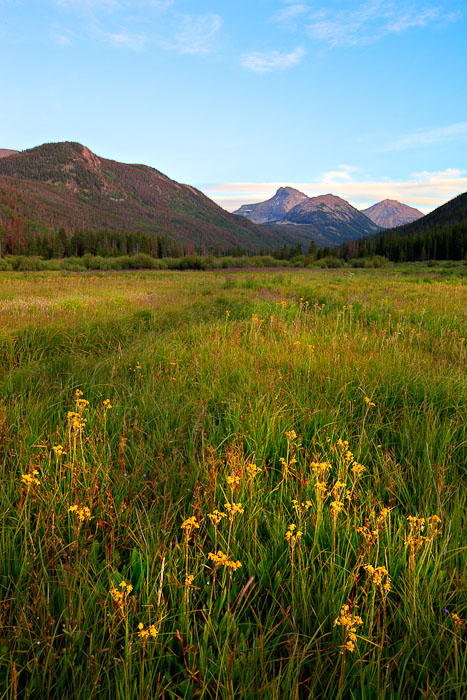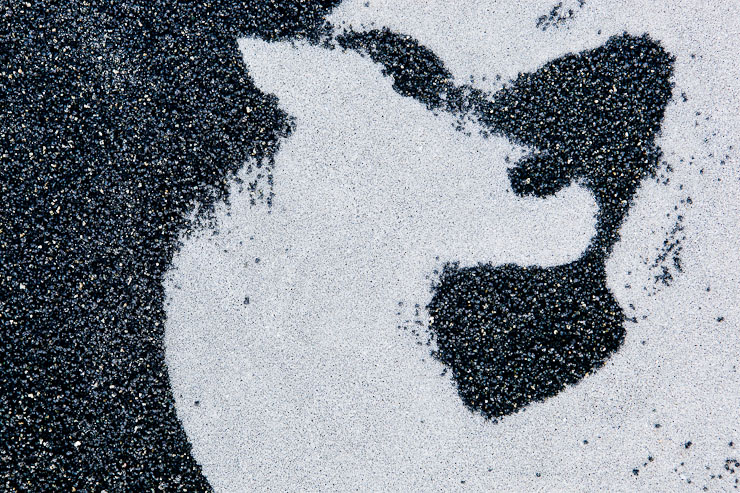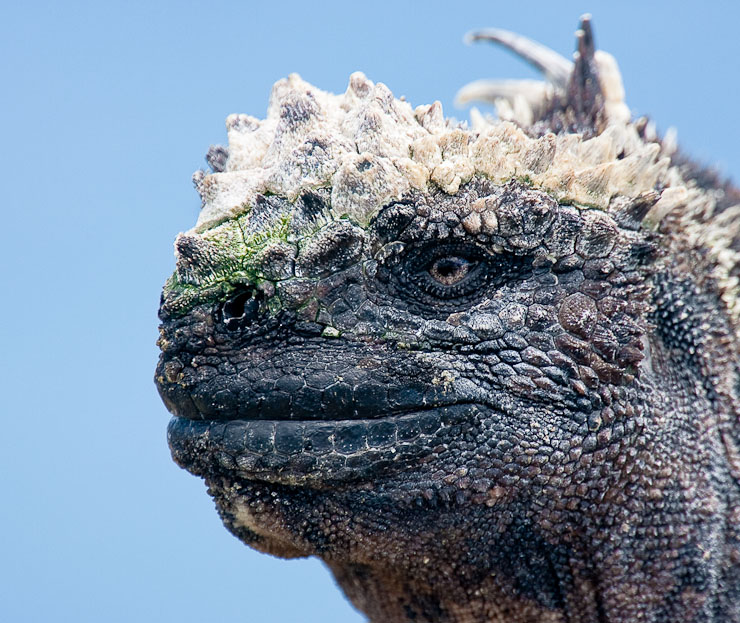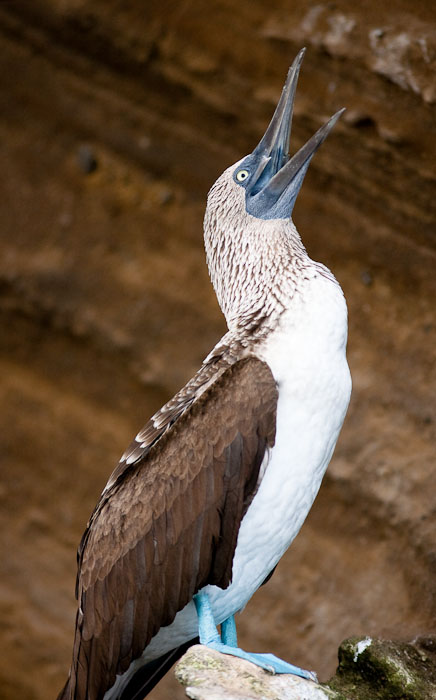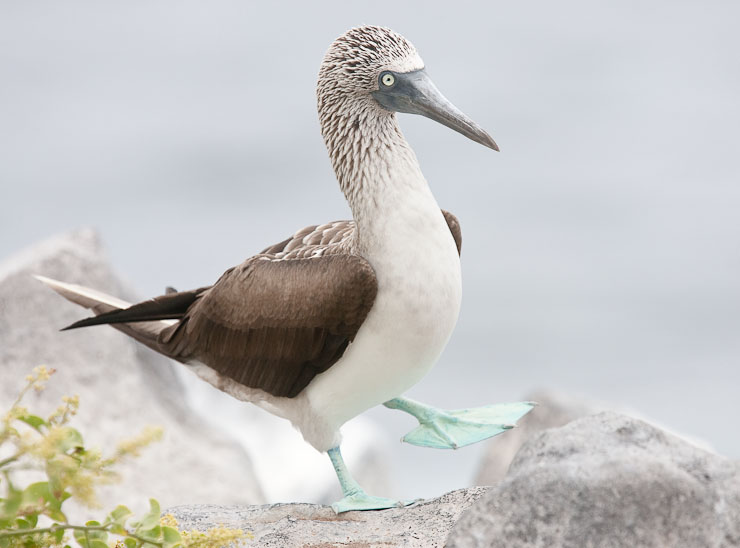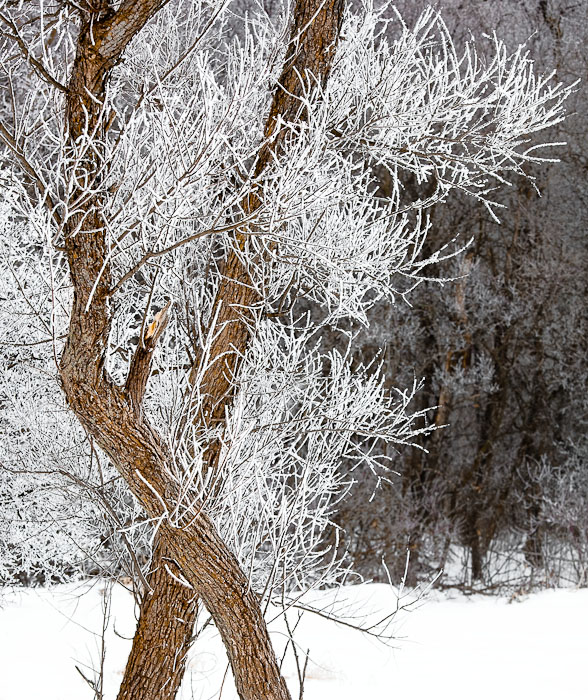
While I was driving from Racine, Wis. back to Columbia, Mo. last Sunday, 17 January, a I found that the “freezing fog” advisory we had heard about the night before had given the branches of all of the trees along the way a white glow. Much of the drive was on the interstate, but before I could get out to I-43 to shoot to Beloit and drive the length of Illinois via Rockford, I had to drive on two-lane highways. Here, on Wisconsin Highway 11 in Burlington, about one mile short of the on-ramp to I-43, I decided to stop and make a few pictures. It was a supremely overcast day, so the 11:30am sun did not hurt the pictures at all.
Fortunately, while all of my equipment was loaded in the trunk of the car, it was not entirely inaccessible. I pulled over to the side of the road, switched on my hazard lights, popped the trunk, and reached for my 5D Mark II and a couple of lenses before walking about. The only thing I didn’t take the time to do was switch out my shoes for boots. Those snow drifts on the side of the highway are a little deeper than they look!
More photos after the jump!
Continue reading “A Winter Wonderland”
